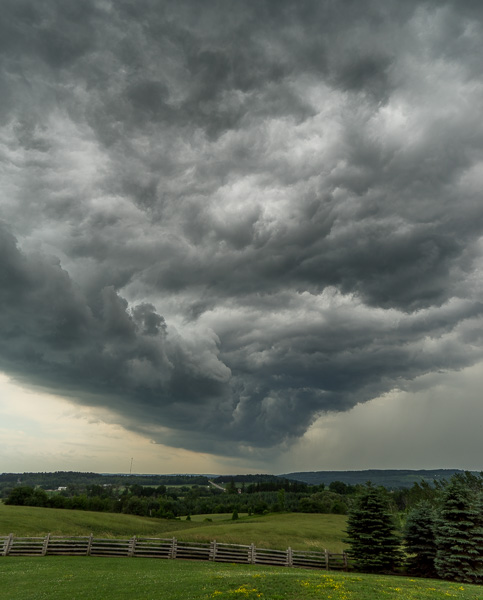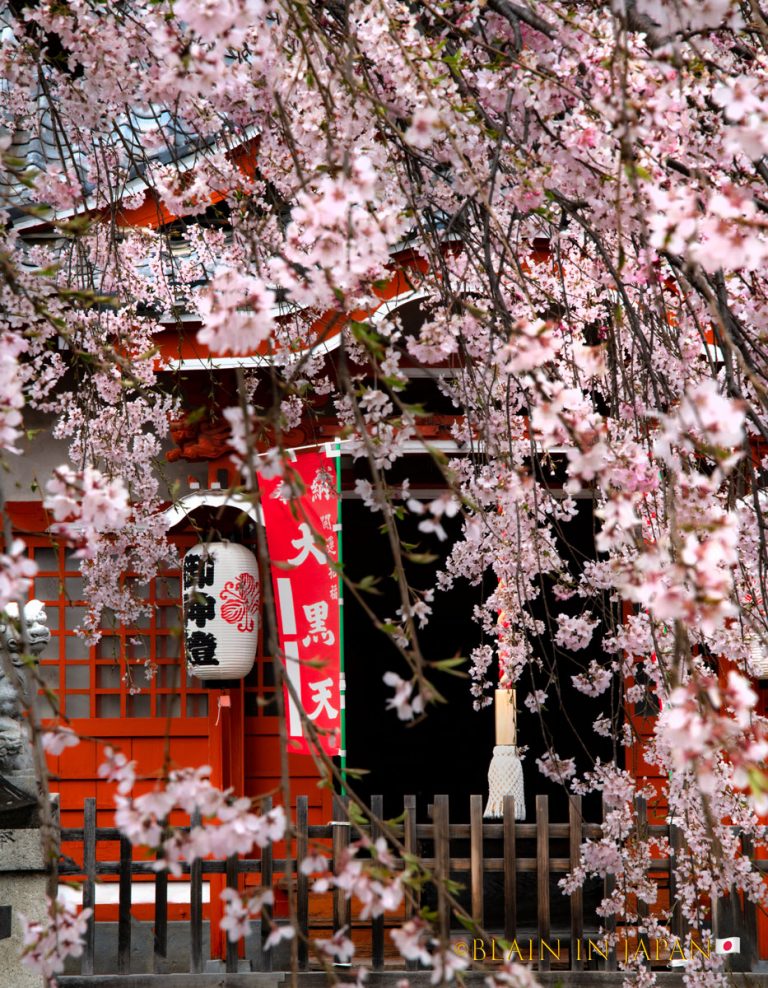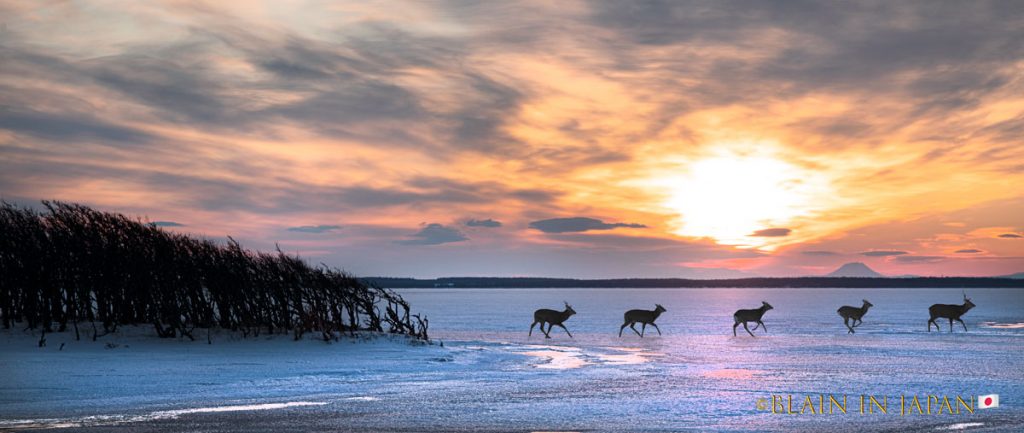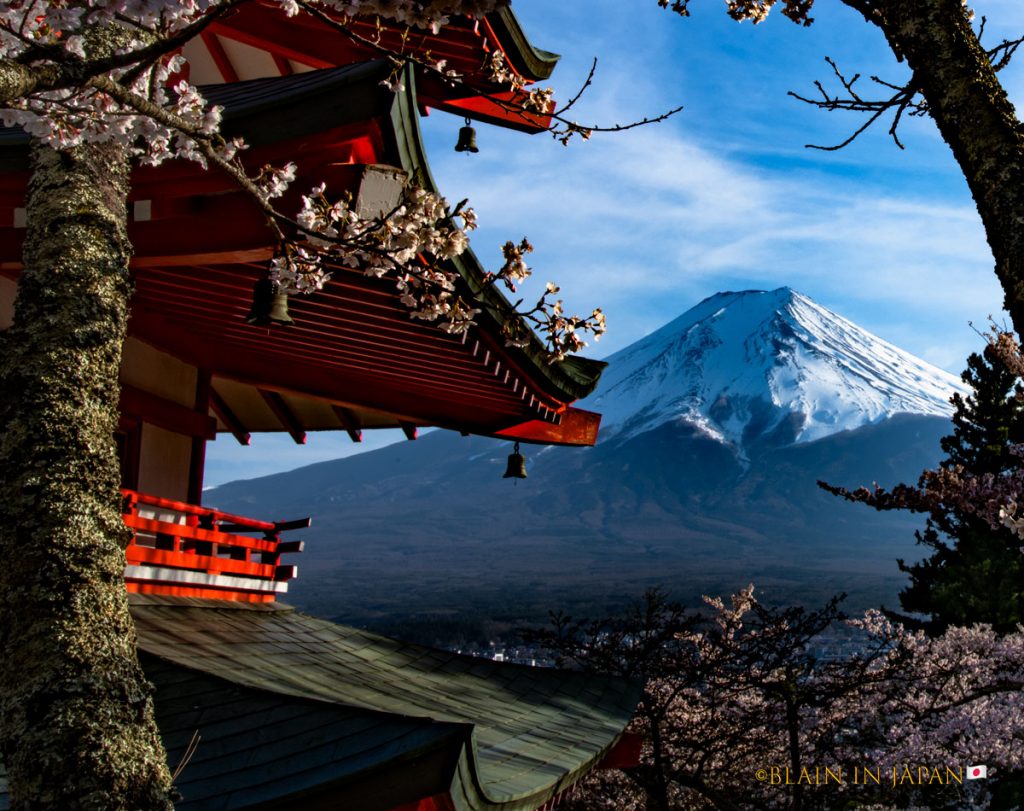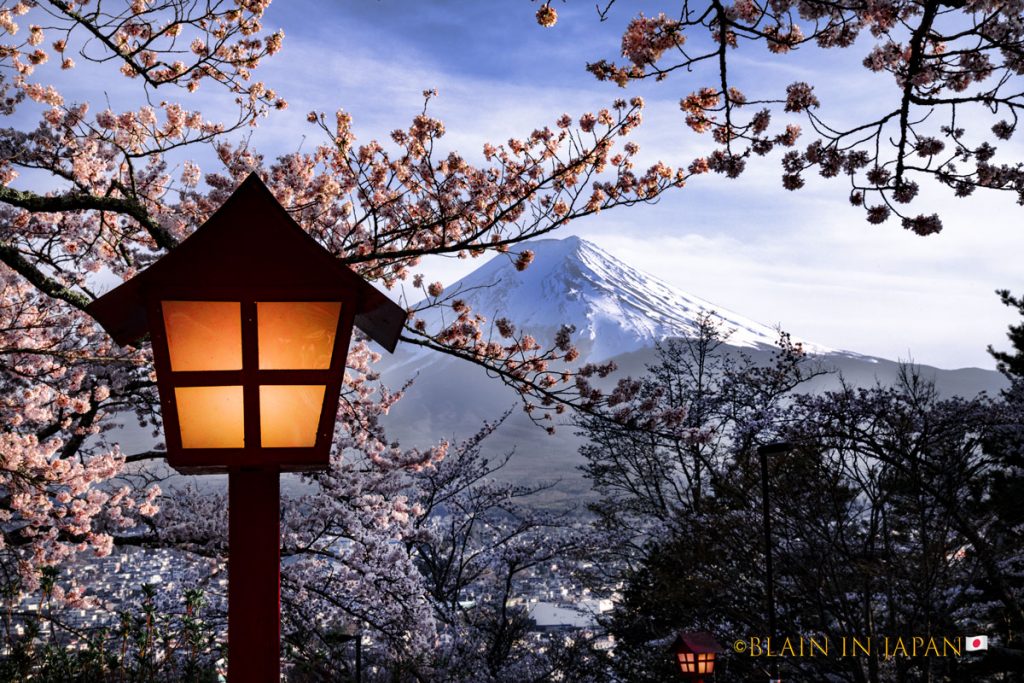Introduction
We have seen how my processing, my workflow, has changed over the years. What about my field work? What changes have taken place between the time I was working with film and now that I am working with digital capture?
Fact is not much changed because the natural world has not changed. Light is the same. The sun and the weather take care of it. Composition is the same. Good composition is a tradition that carries on regardless of technological changes. And the landscape is the same. Just more people in well-known locations, otherwise it is the way it has been for thousands of years. Present but unwilling to lend itself to art unless one works hard at it. Nature is the outcome of geological, meteorological and botanical forces. It is artists who seek art in nature. Nature itself seems unconcerned with art, as proof the challenges thrown to us when we try to create artistic renditions of the natural world.
My artistic interest is in form and color and it has been from the beginning. I alternate between the two, either one of them taking precedent at a given time. In the past it was composition. Right now, it is color. In the future it will be composition again. This alternance has been a feature of my work from the beginning. It has not changed when I transitioned from film to digital capture.
What has changed is what I can do after field work is completed. Today I can take color, or form, into completely new directions. I can push either further than I could ever push them before the advent of digital processing.

What is field work?
Field work is about gathering material to be used for creative endeavors in the digital, or previously the chemical, darkroom. Nothing here is new or different. A film capture was no more complete on film than a raw capture is complete on a raw file. Both need work. Lots of work. Both need interpretation. Lots of interpretation. Both need vision to fully exploit what I saw and felt at the moment of capture in the original scene. What has changed are the tools placed at my disposal, the tools made available to me. Those tools are much more powerful today than they have ever been.
To those who may ask, no, landscape photography was not better before. It is better now. Better than it ever was. Facts indicate it will get even better. It is not better now because it is easier; art never is easy. It is better now because the tools are more powerful. It is better because these tools give me far more artistic freedom. Far more artistic power. I can change things more. I can alter reality more. I can get closer to my vision. I can do more unspeakable things. Things reality-oriented photographers would never dare mention they do, hence the term unspeakable. Unspeakable to them that is. Not to me. I can speak about these things freely. In fact, I love talking about what I do to my images just as much as I love working on my images. Unspeakable here is used as a commentary on the ignored possibilities of digital processing, not as a description of my own approach.
Field work has not changed, or rather it has changed very little. The tools I use have changed. The cameras are different. The post capture work is unrecognizable when compared to film. However, the amount of work I do in the field is the same. It takes a lot of time to capture the landscape when the goal is to create an artistic rendition, a work of art.
Print and Image Size
It also takes a lot of gear. With film I used a 35mm camera for images I intended to print small, a medium format camera for images I intended to print medium size, and a 4×5 camera for images I intended to print large. This approach continues today, being carried over from film to raw capture. I use an iPhone for images I intend to print small, a 35mm camera for images I intend to print medium size, and a medium format digital back for images I intend to print large. The option of using 4×5 is no longer there because digital backs never came of age for large format cameras, so unfortunately this format has left my repertoire. However, digital capture gives higher resolution than film capture, so having gone down one camera format in the transition from film to digital carries no loss of resolution. In fact, it actually brought an increase in image resolution and detail.

Shooting Speed
One thing that changed is how fast I can take photographs. This is because capturing images in digital format is faster than capturing images on film. For one there is no need to use a light meter and calculate the exposure. Since the advent of the histogram, I have been exposing by histogram, meaning I make an educated guess about the exposure, set the f-stop and the shutter speed, make an exposure, and look at the histogram to see if I need to make adjustments. Usually, I am right on. Occasionally I am off by a stop over or under. This usually happens in pre-sunrise light when calculating exposure is notoriously challenging. Experience pays off.
There is also less to fuss about when compared to working with 4×5. No more camera movements. No more complicated depth of field calculations. No more worrying that wind will make the camera move when long bellows extensions are used. Not being able to use 4×5 with digital capture saves me a lot of time. 4×5 was a fun and creative process but it was slow because the technical requirements were overwhelming.
The fact I can photograph faster does not mean I spend less time in the field. I spend just as long today as I did when I used film. The change is what I do during my time in the field. Today I can use the time I previously spent setting up the camera finding more images and refining my compositions. I also use that time to explore the subject and create a larger variety of images.
Shooting Quantity
This brings me to the quantity of photographs I bring back after a shoot. Here there is a notable difference between raw and film capture. Raw capture is much more prolific than film. This means I bring back many more photographs from a shoot than I ever did with film. The reasons for this are several. First, shooting digital is faster for the reasons mentioned in the previous section. Second digital is free after the first 20k or whatever amount you spent on your camera gear. Film on the other hand was expensive and the larger the format the more expensive it got. This limited the quantity of photographs I took because it controlled how many exposures I could afford to make. Film also had to be bought ahead of time. When I shot medium format or 4×5 I could not find film locally in remote locations. This meant I had to plan how much film I would need, and I had to be conservative so my stash would last the entire trip. Not so with digital. Flash cards can hold thousands of captures and their cost is ridiculous low when compared to film. They are inexpensive and reusable, so carrying extras is no problem. Therefore, there is no need to plan ahead. All I have to do is shoot without worrying that I will run out of storage space. Basically, I can take as many photographs as I want. And I do.

Making The Impossible Possible
There are also things I can do now that I could only dream of doing with film capture. For example the image featured below. The sun was low over the mountains in the Alabama Hills when I captured this image. Taking a photo in these conditions was impossible unless one could live with the flare induced by the sun. I did not want the flare. So, I blocked the sun with my left hand while holding the camera with my right hand, and took the photograph. The outcome was a photograph that, on film, would be more about regrets than achievements. No one cares to see the blurry hand of the photographer in the sky. With digital it was a non-issue. I simply used content aware and cloning in Lightroom 12 to get rid of it. I also adjusted contrast and color using the new masking tools also in Lightroom 12. I did not even need to take the image in Photoshop to complete the transformation of this image.

Distancing Myself From Perfection
Today I am less concerned about the details that I capture or do not capture during field work. This lack of concern stems from the knowledge that I can modify in the studio the image captured in the field. This modification can be superficial or it can be fundamental. It can, of course, affect contrast and color the way it has been done traditionally in landscape photography. However, it can also affect the structure of the image by removing elements, adding elements, or changing the shape or the location of important elements of the image. Perfection in that sense, if there is such a thing, is perfection done in the studio, not perfection achieved in the field.
The outcome amounts to an epiphany, a profound restructuring of my photographic approach. It made me decide to distance myself from the desire to achieve perfection in the field. I no longer attempt to create perfect images in the field because I know that whatever I do not want in my images, or whatever I cannot capture in my images, can be added, removed, or transformed, whatever the case might be, in the studio.
Conclusion
For me the change in my approach to field work is not in the field work itself. The change is in the after-field work. The change is in the processing and the printing of the images captured during field work. With film, processing and printing were extensions of field work. They were the continuation of what I captured because my images were processed to match what was on the transparencies. The colors, the contrast and the composition were optimized to match those of the transparencies and to improve on them whenever possible.
With digital capture the colors, the contrast and the composition are processed to match a reality that exists only in my mind. Matching the captured image, the raw file, is no longer my goal. It could be, and for a time it was. As I explained in my previous essay, Changes in my Workflow, this was the purpose of my first workflow. Today, having gone through three different workflows, my goal is different. I no longer try to represent reality, nor do I seek to create believable images. Instead, I create images that are departures of reality, images whose reference, in regards to color, contrast and composition, is in my mind, not in the landscape. The original scene is the material from which this alternate reality emerges. The final image is the representation of my vision, not the representation of the landscape I photographed.

About Alain Briot
I create fine art photographs, teach workshops with Natalie and offer Mastery Tutorials on composition, image conversion, optimization, printing, business and marketing. I am the author of Mastering Landscape Photography, Mastering Photographic Composition, Creativity and Personal Style, Marketing Fine Art Photography and How Photographs are Sold. All 4 books are available in eBook format on our website. Free samplers are available.
You can find more information about our workshops, photographs, writings and tutorials as well as subscribe to our Free Monthly Newsletter on our website. You will receive 40 free eBooks when you subscribe.

Studying Fine Art Photography With Alain and Natalie Briot
If you enjoyed this essay, you will enjoy attending a workshop with us. I lead workshops with my wife Natalie to the most photogenic locations in the US Southwest. Our workshops focus on the artistic aspects of photography. While we do teach technique, we do so for the purpose of creating artistic photographs. Our goal is to help you create photographs that you will be proud of and that will be unique to you. The locations we photograph include Navajoland, Antelope Canyon, Monument Valley, Zion, the Grand Canyon and many others. Our workshops listing is available HERE.





